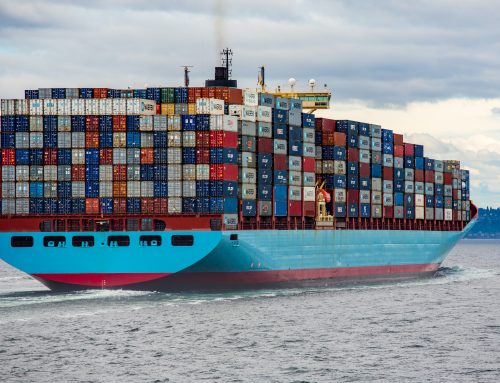Duty drawbacks have been around for a long time, and were first established in 1789. They were put in place to boost production and trade of goods for American manufacturers. Interestingly, these duty drawbacks are still used today, though there have been some changes and additions from Congress over the years. Currently, there are four different variations of duty drawbacks. We have summarized what each of them mean below for you.
Four Kinds of Duty Drawbacks
- Direct Identification Manufacturing Drawback
The original type of duty drawback is the Direct Identification Manufacturing Drawback. This drawback entitles importers to a return of 99% of the duties, fees and taxes paid on goods that are re-exported. The imported items must be exported as a part of a shipment of manufactured goods to another country. The drawback also applies if you are returning the items to the original supplier.
- Substitution Manufacturing Drawback
This duty drawback allows the importer to collect the duties paid on a good while exporting a different good, so long as it is of the same kind and quality.
For example, let’s say a manufacturer orders electrical components in order to make radios. They then end up using different electrical components than the ones ordered, perhaps ones purchased within the United States. When exporting the radios, the manufacturer is still eligible to collect the duties paid, under Substitution Manufacturing Drawback. Both the imported goods and the substituted goods must be used within 3 years of receipt, and the manufactured goods (in this case, the radios) cannot be sold within the United States if the duty drawback is collected. - Direct Identification Same Condition/Unused Merchandise Drawback
Unused Merchandise Drawback is an amendment made in 1980, that applies to any imported merchandise that’s either exported or destroyed (again, with CBP supervision) within three years of its date of importation. The only caveat is that the merchandise should not have been used or altered in any capacity between its import and subsequent export or supervised destruction. This allows importers like you to recover value of the unused or unneeded goods they imported. - Substitution Same Condition/Unused Merchandise Drawback: This drawback is also another amendment, from 1984, that allows “fungible” goods (items considered mutually interchangeable) to be exported to recoup taxes and duties. In this case, import duty can be recovered when other unused material substitutes the imported goods and is exported. The goods do not have to be used in manufacturing.
Going back to our radio example, let’s say you imported some antennas for radios, and then exported an identical set of antennas that you produced locally. As long as this was done within three years of the original import and the antennas were never used, you can collect this duty drawback.
What You Need To File For a Duty Drawback
The required documents and procedures vary for the type of duty drawback you are filing for. The CBP offers a comprehensive guide on duty drawback regulations which you can use to find out exactly what you’ll need. Regardless of the type of duty drawback, there are some mandatory documents that you will need. Here are some of them.
- Your import purchase order
- Your commercial invoice
- An Entry Summary (Form CS 7501)
- A Certificate of Delivery for the Purposes of Drawback (Form CS 7552)
If you’re filing for either of the Manufacturing Drawbacks, you’ll need:
- An Accelerated Payment Privilege, filed with CBP, in order to receive payment
- A Manufacturer’s Drawback Ruling, to link exported items with their originally imported source
If you’re filing for either of the Unused Merchandise Drawbacks you’ll need:
- An Accelerated Payment Privilege
- A Waiver of Prior Notice, to expedite future exports without CBP supervision
- A One-Time Waiver of Prior Notice, to retroactively file drawback claims from previous years, while still eligible, of which CBP had not been notified
- For substitution drawbacks only, a Commercial Interchangeability Ruling, to establish that your goods are considered fungible.
Should you file a Duty Drawback Claim?
Making duty drawback claims can be a complicated process. On their FAQ page concerning duty drawbacks, CBP themselves state that “the process of filing for drawback can be involved and the time it takes to receive refunds can be lengthy.” Gathering all required documents, proving the status of your goods, filing the application and then waiting endlessly can seem like an impossible chore.
This deters many importers from making duty drawback claims and collecting on returns. In fact, there is an estimated $3 billion in drawback funds available to American importers each year, of which only $600 million is claimed. This means that nearly $2.4 billion goes unclaimed. Considering how much money Americans are owed each year, you may be leaving a good chunk of money on the table if you choose not to file duty drawback claims.
Are you missing out on funds that you are entitled to? We have a team of specialists who can help you get through the filing process as easily as possible. Contact us today to determine what kind of duty drawbacks you’re entitled to and make getting your money headache free.



